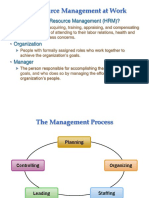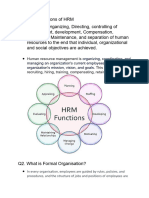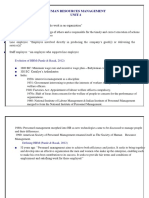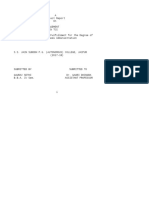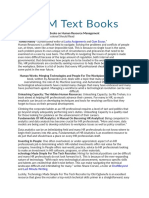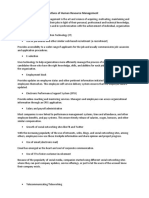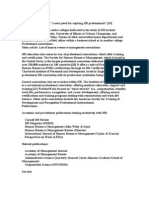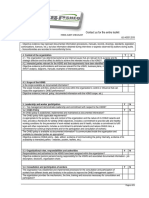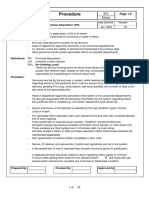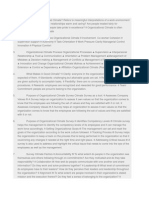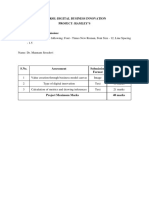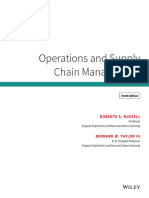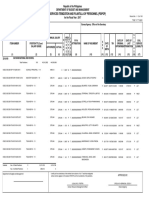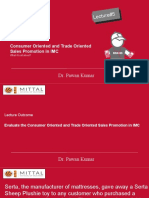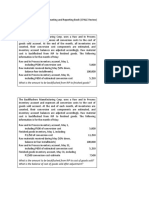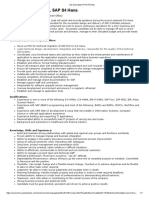0% found this document useful (0 votes)
14 views21 pagesUnit 4 HRM and Control LectureOK
Human Resource Management (HRM) involves recruiting, hiring, and managing employees, with a focus on optimizing workforce productivity through ICT tools. Key HR functions include talent acquisition, employee development, performance management, and compliance with employment laws. The document also discusses the recruitment process, training methods, performance appraisal, and challenges faced in managing an ICT workforce.
Uploaded by
nikhilmandal1007Copyright
© © All Rights Reserved
We take content rights seriously. If you suspect this is your content, claim it here.
Available Formats
Download as PDF, TXT or read online on Scribd
0% found this document useful (0 votes)
14 views21 pagesUnit 4 HRM and Control LectureOK
Human Resource Management (HRM) involves recruiting, hiring, and managing employees, with a focus on optimizing workforce productivity through ICT tools. Key HR functions include talent acquisition, employee development, performance management, and compliance with employment laws. The document also discusses the recruitment process, training methods, performance appraisal, and challenges faced in managing an ICT workforce.
Uploaded by
nikhilmandal1007Copyright
© © All Rights Reserved
We take content rights seriously. If you suspect this is your content, claim it here.
Available Formats
Download as PDF, TXT or read online on Scribd
/ 21






























